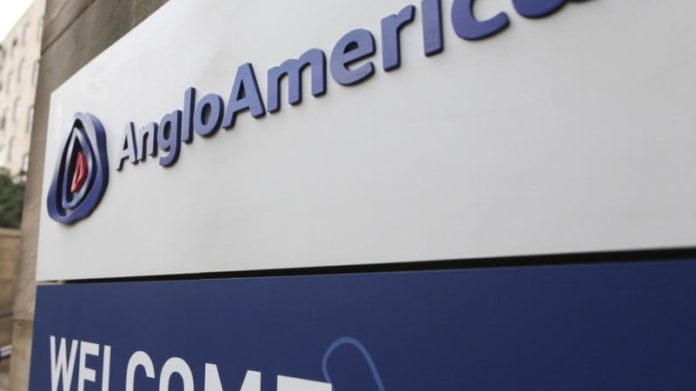
LAWYERS acting for over 100,000 Zambians, mostly children, have filed a class action suit against Anglo American South Africa (AASA) which they say is responsible for lead poisoning from the Kabwe mine, an operation in which the miner was invested between 1925 and 1974.
The lawsuit, which is being brought to the High Court (Gauteng) in South Africa, has been prepared by Johannesburg attorneys, Mbuyisa Moleele in collaboration with Leigh Day, a UK human rights attorneys renowned for successfully suing mining corporates for human rights abuses in the past.
Anglo American said it would review the claim and “take all necessary steps to vigorously defend its position” once it had been served on the company.
It said that “by way of context” the company was one of several investors that owned Kabwe mine until the early Seventies, and was never the majority owner. “Furthermore, in the early 1970’s the company that owned the mine was nationalised by the Government of Zambia and for more than 20 years thereafter the mine was operated by a State-owned body until its closure in 1994,” it added.
“This is not about shareholding,” said Richard Meeran, partner and head of the international department at Leigh Day. “It is all about the control, knowledge and reliance on the parent company that the mine derived,” he said in an interview.
He was unaware whether the Anglo and its co-investors who sold the mine to the state-owned Zambia Consolidated Copper Mines (ZCCM) transferred liabilities with a rehabilitation fund, but that argument missed the point: “You can’t palm off responsibility,” he said.
According to a experts cited by Mbuyisa Moleele and Leigh Day, around two-thirds of the lead currently in Kabwe mine’s local environment was likely to have been deposited there during the period of Anglo’s investment.
The application has been brought by 13 representative plaintiffs on behalf of children under 18, and girls and women who have been or may become pregnant in the future. The lawsuit said AASA is liable for “… substantial emissions of lead into the local environment owing to deficiencies in the design and systems of operation and control of lead which AASA failed to ensure were rectified”.
AASA also failed to ensure the clean-up of the communities’ contaminated land, the attorneys contend.
Generations of children had been poisoned, said the attorneys. A substantial portion of children have blood lead levels (BLL) of 45 micrograms per decilitre (ug/dl) which is far in excess of the 5ug/dl set by the US Center for Disease Control, they said. A BLL in excess of 100ug/dl leads to “serious brain damage and death,” said Mbuyisa Moleele and Leigh Day.
Meeran, who previously was involved in litigation in the Cape plc asbestos case in South Africa and Thor Chemicals mercury poisoning case, worked for nine years on the test case of silicosis poisoning involving Anglo American which has a history in gold mining.
In July last year, the Johannesburg High Court approved a R5bn settlement of a class action suit for former employees of African Rainbow Minerals, AngloGold Ashanti and Anglo American, among others, who suffered or suffer from silicosis.











